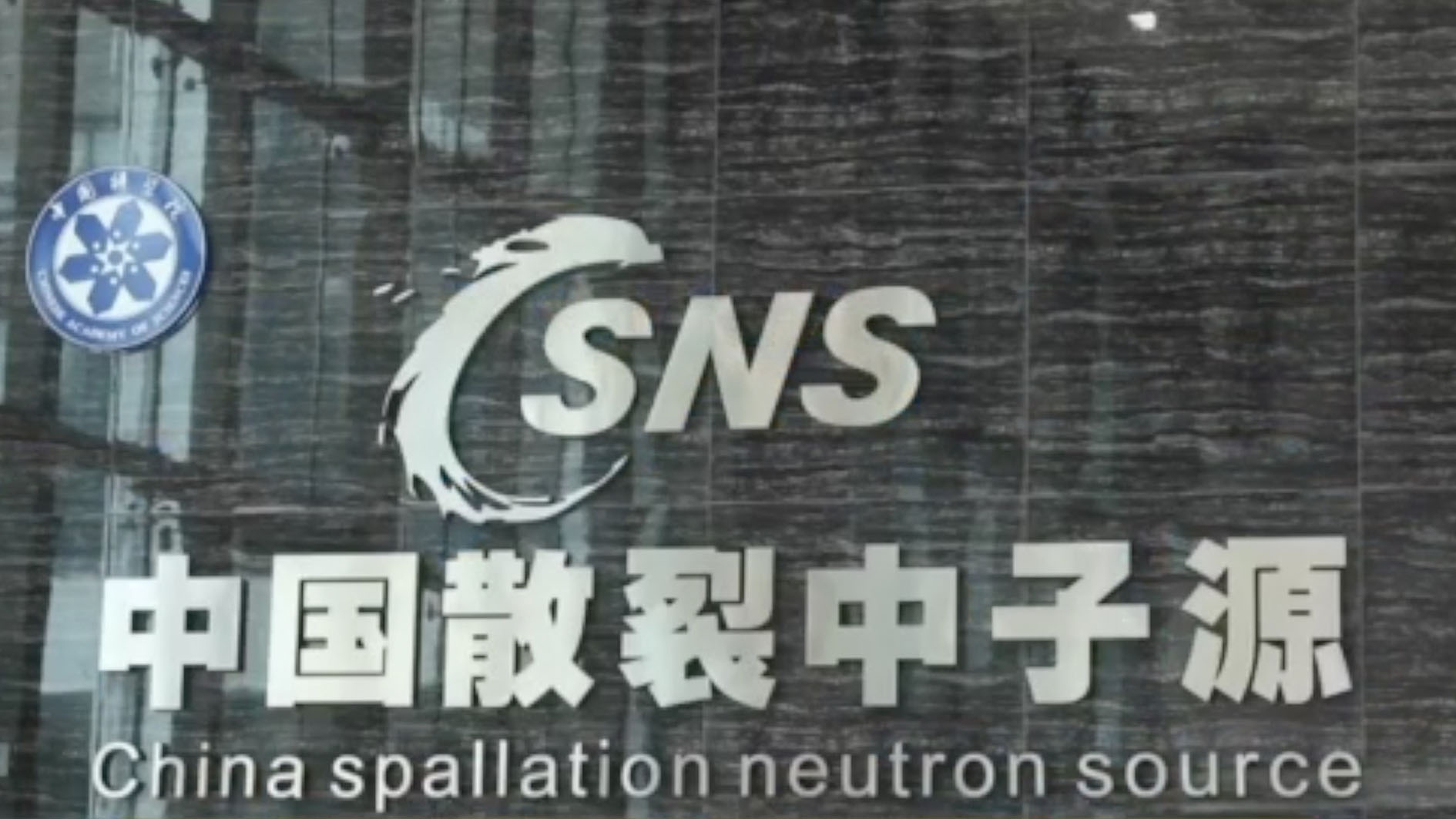
(Photo: CGTN)
The China Spallation Neutron Source (CSNS) has fielded hundreds of proposals for scientific experiments since it opened to users last October, attracting applicants worldwide.
China launched its first ever spallation neutron source facility nearly a year ago, the largest high-energy physical institute in the country. The CSNS is considered a "super microscope" that can provide the most intense pulsed neutron beams for scientific research.
Located in Dongguan of South China's Guangdong Province, the CSNS is the fourth such following Britain, the U.S. and Japan, but there's been lots of interest in it both inside and outside China.
The CSNS has completed two cycles of user proposals. According to Zhang Junrong, deputy head of the Neutron Science Division at the center, more than 50 proposals were carried out in the first while the number of proposals increased by 50 percent in the second.
"So far, around 10 percent of users are from Hong Kong and Macao," Zhang said. "And we also have some international users from the UK, Canada and other countries.”
"It's a wide platform, and not limited to certain areas," he added.
So far, some research has focused on lithium batteries by the CSNS instruments to see how the lithium moves inside the battery to increase the performance of the charging and discharging rates, and how it increases density volume.
The facility is also ideal for studying the microstructure of materials and can be used for researching residual stress of large metal parts, which is vital for improving the performance of key parts on high-speed trains, aircraft engines and in nuclear power plants.
Anthony Mannion leads the project at the Aviation Services Research Center of Hong Kong Polytechnic University. His team is proposing a project with their partner Boeing to measure the residual stress regarding the aluminum material.
In order to have a deep measurement of the residual stress, the neutron source is the best way to have the diffraction pattern which will give the meaningful information, Mannion told CGTN.
"In the past, we used surface drilling, but the information is only about 1-2 mm deep," he said. "I hope we will be working with the center here to try to get a fuller picture."
Yue Hangbo from Guangdong University of Technology is seeking an experiment for his academic publication. But he said, in the past, large facilities owned by the government such as synchrotron stations were only available to some Chinese scientists.
"Right now, with scientific breakthroughs and economic developments happening all over China, as a teacher in the university, or a scientific research center, we are collaborating a lot, and able to work inside such facilities," Yue went on.
"We are hoping to publish world-class level papers and share with our peers internationally," he said.
Zhang noted that the neutron community is still not very strong, as there's a gap between the knowledge about using the neutron facility and users' demands. Therefore, they have to ensure its users get approved and then the best data results.
The facility currently consists of a powerful linear proton accelerator, a rapid circling synchrotron, a target station and three neutron instruments, and it's expected to install 17 more instruments in years to come.


